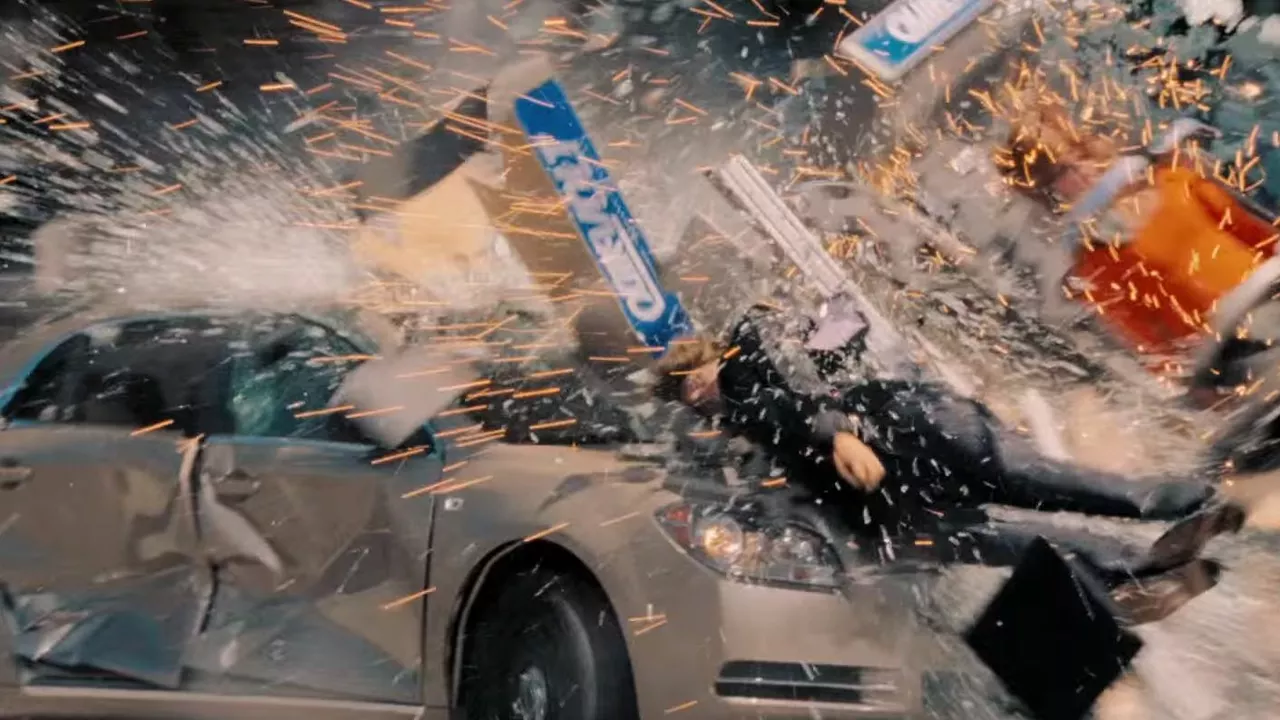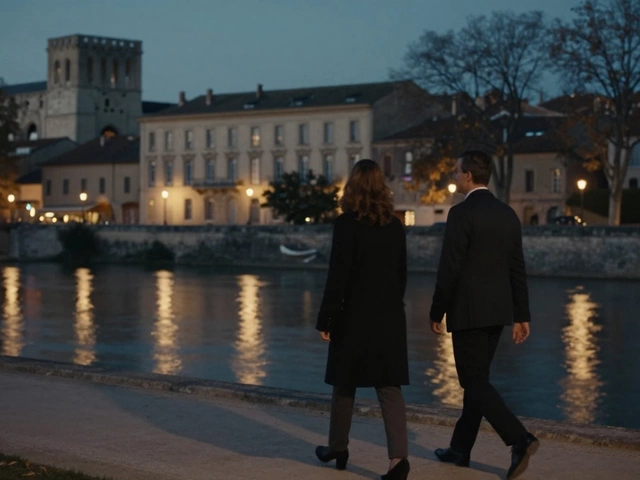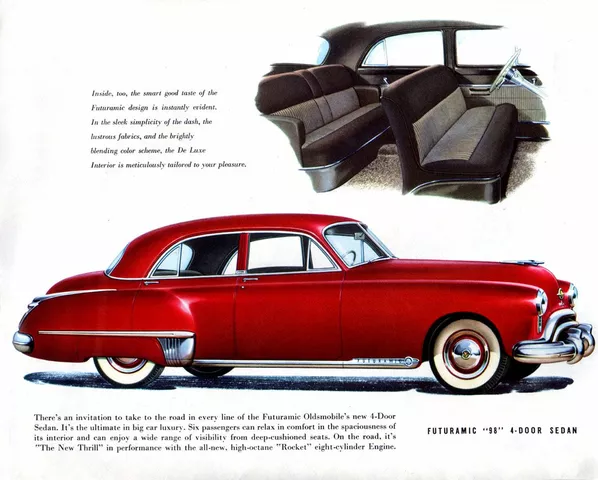Do Hollywood Really Destroy High‑End Cars in Crash Scenes?
If you've ever watched a blockbuster and seen a Lamborghini or a Ferrari explode in a fiery wreck, you might wonder: did they really ruin that expensive ride? The short answer is usually no. Filmmakers have a toolbox of tricks that let them look like they’re crushing a million‑dollar car without actually doing it.
Replicas and “Show Cars” Take the Hit
Most of the time, the car that gets smashed on set isn’t the real deal. Studios build look‑alike versions called show cars. These replicas copy the exterior shape and paint job of the premium model, but underneath they’re built with cheap metal, plastic panels, and a stripped‑down frame. When a stunt crew runs the car off a cliff or into a wall, they’re actually wrecking a copy that costs a fraction of the original.
Why go through the effort? Because a real high‑end car can cost anywhere from $150,000 to over a million dollars. Losing even one in a single take would blow the budget. With a replica, the production can afford multiple crash attempts, reset the scene, and still stay on schedule.
CGI and Digital Enhancements
When a scene demands a car to explode in a way that’s impossible—or too dangerous—to film, visual effects teams step in. They shoot the car driving safely, then add digital fire, metal fragments, and motion blur in post‑production. The result looks just as dramatic, but there’s no actual destruction.
Even in movies that proudly claim “real stunts,” a lot of the chaos you see is a blend of practical effects and CGI. For example, the “Fast & Furious” franchise often uses a real car for the initial impact, then overlays computer‑generated debris for extra flair.
Stunt Drivers and Safety Measures
When real cars are used – usually older or less valuable models – they’re driven by professional stunt drivers. These drivers know how to control a sliding vehicle, hit a ramp, or crash into a barrier while staying as safe as possible. The cars are often modified with safety cages, roll bars, and reinforced frames to protect the driver.
Because the crew can’t risk a brand‑new supercar, they’ll sometimes take an older model of the same make and upgrade its look with vinyl wraps and custom paint. To the audience, it looks identical, but the studio saved a lot of money and avoided a PR nightmare.
Cost vs. Realism – The Decision Tree
Every director faces a choice: spend big bucks on a genuine high‑end car and risk it, or use a replica/CGI combo and keep the budget tight. The decision often depends on the film’s style. A low‑budget indie might lean heavily on CGI or cheap copies, while a blockbuster with a huge budget might splurge on a real car for a single, high‑impact shot.
In the end, most car‑crash scenes you love are a clever mix of practical stunts, look‑alike vehicles, and digital wizardry. So next time you see a flashy sports car meet its doom on screen, remember: the actual car probably stayed cozy in a garage, while the magic happens elsewhere.

Are high end cars really destroyed in movie crashes?
Alright, buckle up, folks! We're about to tackle the burning question - do filmmakers really destroy high-end cars in movie crashes? I mean, we've all gasped at those intense, metal-crunching scenes. So, here's the spoiler alert - not every shiny, pricey ride faces a fiery doom. Yep, a lot of times, they use replicas or CGI to create those heart-stopping moments. So, rest easy, car lovers, that Lamborghini you cried over probably spent the whole scene safe and sound in a garage!
Categories
- Art & Culture News (5)
- Sports News & Analysis (4)
- Financial Markets & IPOs (3)
- Automotive Industry News and Analysis (2)
- Automotive Maintenance & Repair (1)
- Automotive News & Reviews (1)
- Film and Television Trivia (1)
- Sports (1)
- Science (1)
- Technology (1)


